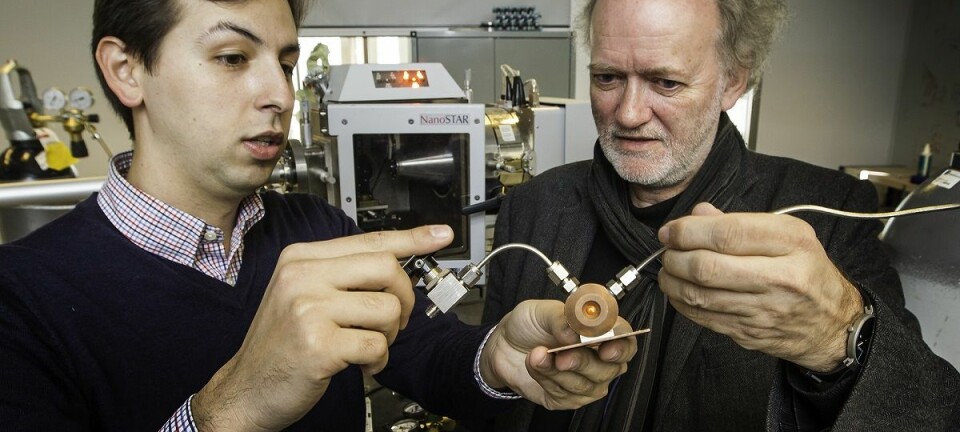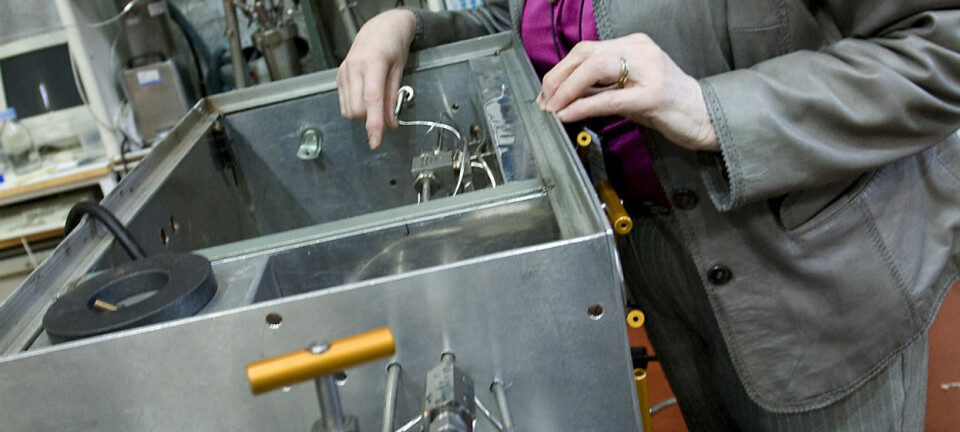
Plants could be unreliable for us as carbon sinks
A new technique reveals how the metabolism of terrestrial plants has increased– and can decrease – with rising atmospheric CO2 levels.
In our era of climate crisis we humans are not the only living life forms that are eager to capture carbon dioxide. Plants – and significantly also algae in the oceans – have been doing it long before us.
Land plants currently absorb about a third of the CO2 we produce. Plants are saving us from ourselves. But how long will they do so?
Metabolism of dead flora
The parts-per-million levels of carbon in the atmosphere are rising dangerously. Is there a point where plants just can’t take any more? Climatologists would certainly like to know. Swedish scientists at Umeå University have found some answers from plants that died about a century ago.
The researchers have used a new method for analysing the metabolism of old, dead plants – find out how much carbon they took in through photosynthesis.
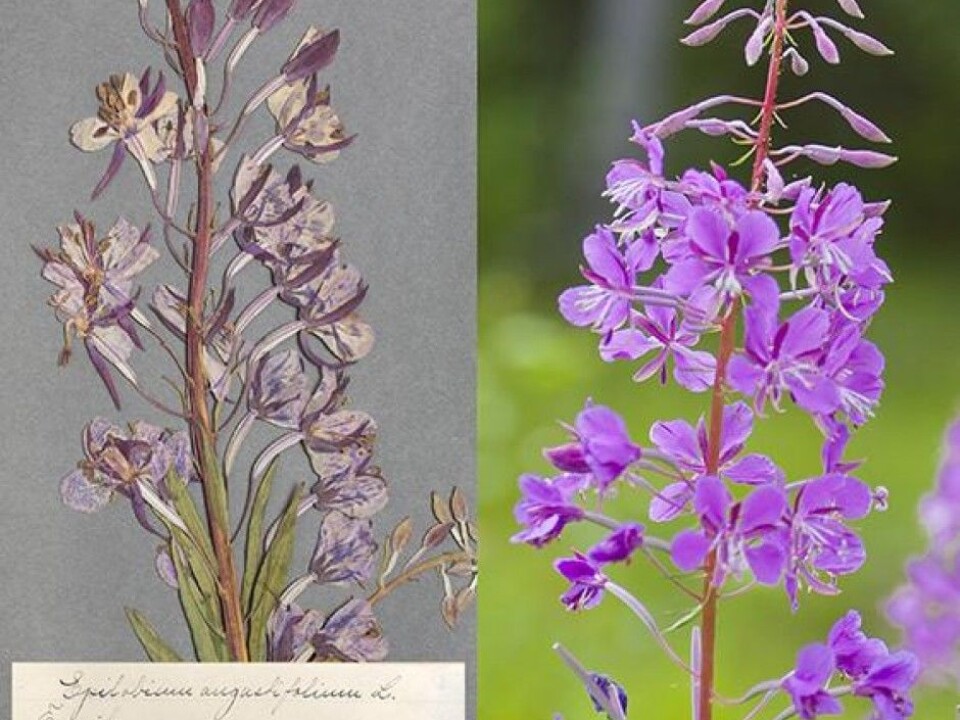
This enabled the scientists to chalk up a time line in the plants’ climate records. It also helps them to see how reliable plants might be as our carbon scrubbing helpers in the future.
Initially more, then less CO2 absorption
Fortunately the plants are working for us – at least for now. The more carbon dioxide we emit, the more carbon they pull out of the atmosphere while releasing oxygen. This intensification of photosynthesis on a large scale is called CO2 fertilisation.
The problem is that additional CO2 in the atmosphere amplifies the greenhouse effect. Our planet heats up. Then another mechanism takes hold. Plants and algae accumulate less CO2. What happens?
Oxygen and heat
The problem is the oxygen in the air. As the atmosphere gets warmer, it gets harder for a plant to discriminate between O2 and CO2 in its metabolic processes and oxygen starts getting absorbed instead of carbon dioxide. This is called photorespiration.
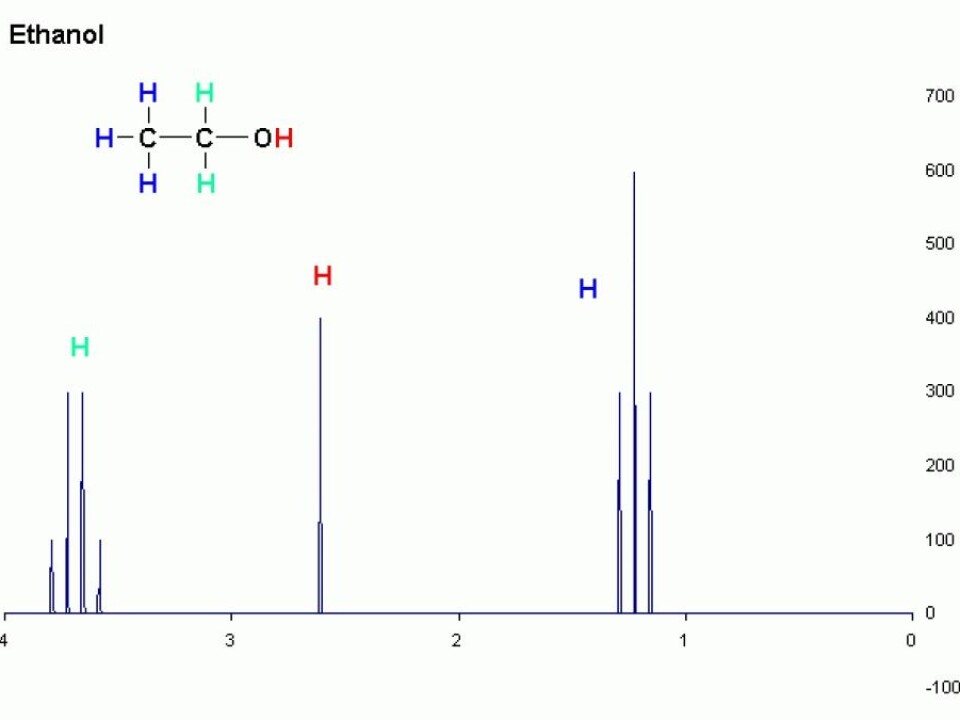
Photorespiration is a chemical twist on normal plant metabolism – photosynthesis. Photosynthesis utilises light from the sun and carbon dioxide from the air and creates a building block in the form of a sugar – and releases oxygen.
Plants store less energy when atmospheric oxygen replaces CO2 in photorespiration. The result can be a decline in future harvests, according to the Umeå University scientists.
In this twist, oxygen is neither good for the plants nor for their absorption of CO2.
Oscillating atom nuclei
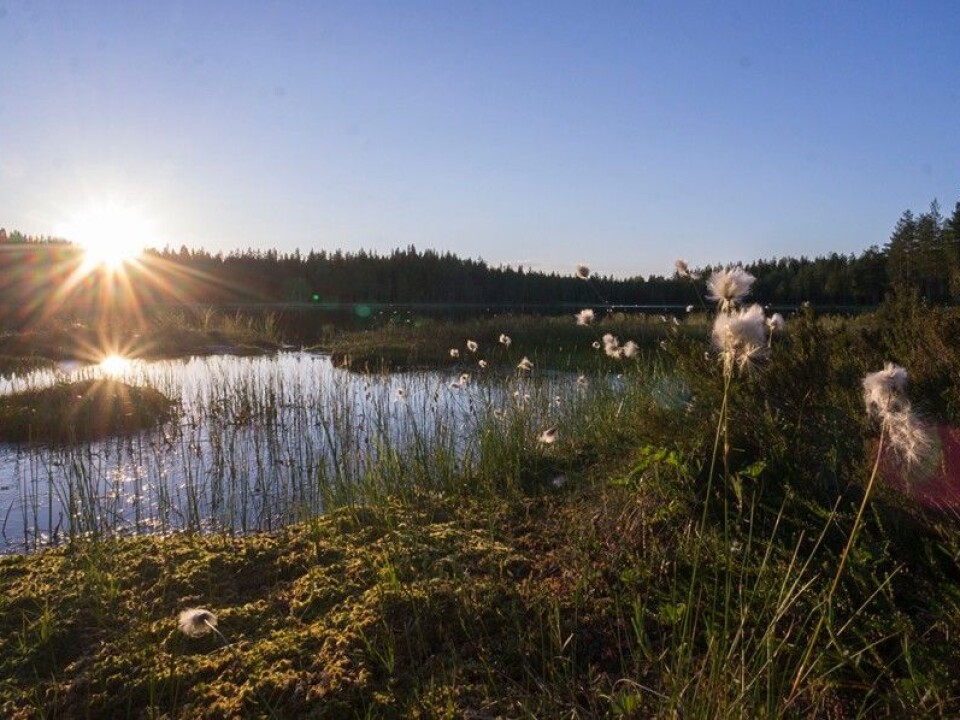
How did the scientists manage to evaluate the metabolism of plants that have been dead for a century?
They used a method called nuclear magnetic resonance spectroscopy (NMR). It is the same thing as magnetic resonance imaging (MRI) conducted at hospitals – only the word “nuclear” is dropped as doctors know some patients might shun anything that could make them think they are being nuked.
The researchers break down plant material to the sugar molecules from their photosynthesis. These glucose molecules are placed in the NMR spectroscope.
In this machine they are subjected to a powerful magnetic field and to radio waves. The radio waves make the dense cores, or nuclei, of the atoms in the sugar molecule of the atoms oscillate something like the radio waves. These motions can be detected by a special radio receiver.
Different atom nuclei oscillate in different frequencies, akin to the various frequencies used by competing radio stations.
Atoms bind into molecules, for instance the glucose sugar molecule in the experiment, and specific molecules also oscillate at different rates.
Sugar molecules shimmy differently depending on whether they were created through photosynthesis or through photorespiration. This enables the scientists to reckon what kind of metabolism the dead plants had.
Peat moss
The scientists got old, dead samples of peat moss (sphagnum), cotton grass and spinach from the Swedish Museum of Natural History at Umeå University and placed them in the NMR machine.
Peat moss is particularly important and prevalent in the Nordic countries. Old moss sinks down in bogs and becomes peat. Bogs are one of nature’s great carbon storage devices.
Bogs can exist for thousands of years. The Swedish scientists hope to develop their technique to study plants that lived much longer ago than their herbarium samples.
Fossil metabolism
The annual rings in trees can be used and the scientists even hope that ancient plant fossils can be coaxed into revealing their metabolisms.
Sugar from plant metabolism can even be extracted from fossil leaves, according to the study, published in the journal Proceedings of The National Academy of Sciences (PNAS).
-------------------------------------
Read the Norwegian version of this article at forskning.no
Translated by: Glenn Ostling
Scientific links
- Ökad koldioxidhalt i atmosfären har förändrat växternas fotosyntes under 1900-talet,press release from Umeå University.
- Ina Ehlers et al.: Detecting long-term metabolic shifts using isotopomers: CO2-driven suppression of photorespiration in C3 plants over the 20th century, PNAS 7. December 2015, doi: 10.1073/pnas.1504493112.


